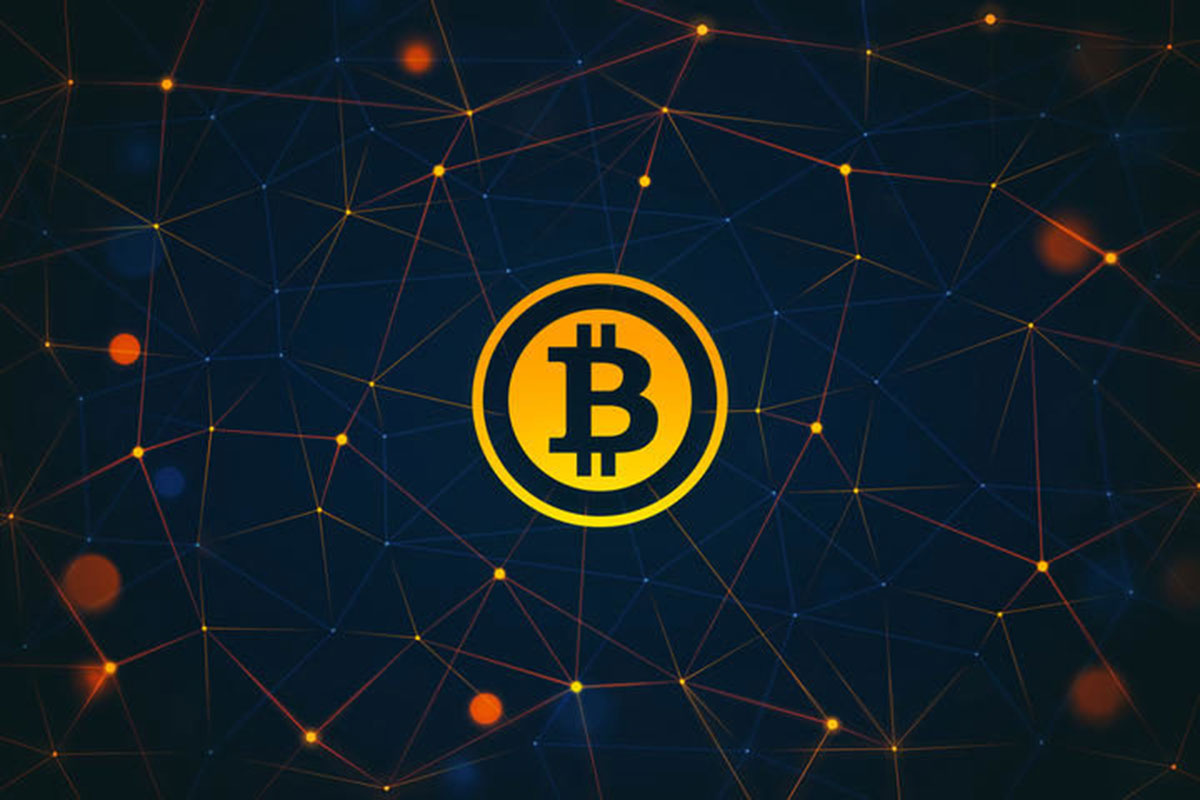Bitcoin, Blockchain, and the Future
If you haven’t heard of either Bitcoin or Blockchain by now, you live on Mars and I want to congratulate you for entering the human interwebs and finding this modest blog.
Seriously though – it’s everywhere. The rise of cryptocurrencies, specifically Bitcoin – took the world by storm this year. Yes, it’s been a thing for quite a few years, but that critical mass looks like it is now attainable and in scope.
Imagine a world where everywhere you shopped was as convenient as using your phone to buy Starbucks – or when you hop in an Uber and get out without exchanging money. I believe that we are headed in that direction on all fronts, as the majority of our technological advancements have been a means to make life’s challenges (inconveniences) more efficient and less cumbersome.
For those who still believe that Bitcoin and other digital currencies are ponzi schemes, we can at least agree that the underlying technology (Blockchain), outlined by Satoshi Nakamoto in his Bitcoin white paper – is earth shattering and oh so obvious. How could we not see this coming as the next step in the evolution of secure, rapid data? Of course, it took a pseudo-named genius to write and plan it out – days after the Great Recession hit. The evolution was televised.
The chart below (courtesy of blockgeeks.com) breaks down centralized, decentralized, and distributed ledgers and how they relate in sharing data. Here you’ll find the basics of blockchain. The old, centralized methodology can be hacked and is vulnerable for human corruption – whereas the distributed ledgers are extremely challenging to hack and once data enters in – it cannot be erased – as it is (in most instances) validated over and over on the network. This secure way of sharing data is already shaking the financial industry as well as other process-enabled industries.
What about the altcoins? The offshoots of bitcoin? Each unique as a snowflake. Some are built to be fast, others written to be embeddable – and still others meant to be proficient in contract payments. There are over 1,300 cryptocurrencies out there, with little to no regulation in sight. Sure, a good amount are scams – but there are a lot that are raising money for their project which is completely legitimate and a means to a brighter future, or so we’d like to believe. Still – cryptographers such as Charles Hoskinson and his project Cardano provide an hour long whiteboard presentation that will awaken your inner geek, and give you faith in the infrastructure behind sharing information that is currently being built. Not bad for an altcoin.
It’s strongly possible that blockchain technology will be everywhere in the coming years – behind the scenes. I mean, even Bitcoin-hater Jamie Dimon (CEO of JPMorgan) thinks Blockchain has potential, claiming;
“The blockchain is a technology which is a good technology. We actually use it. It will be useful in a lot of different things… God bless the blockchain.”
Mind you, this is shortly after he proclaimed,”If you’re stupid enough to buy [bitcoin], you’ll pay the price for it one day,”
I for one see this as a huge investment opportunity, both financially and more importantly – time. I believe that this technology is worth understanding as we collectively vote with our time and money and plan the future of the backbone of the entire planet’s economy.



No Comments